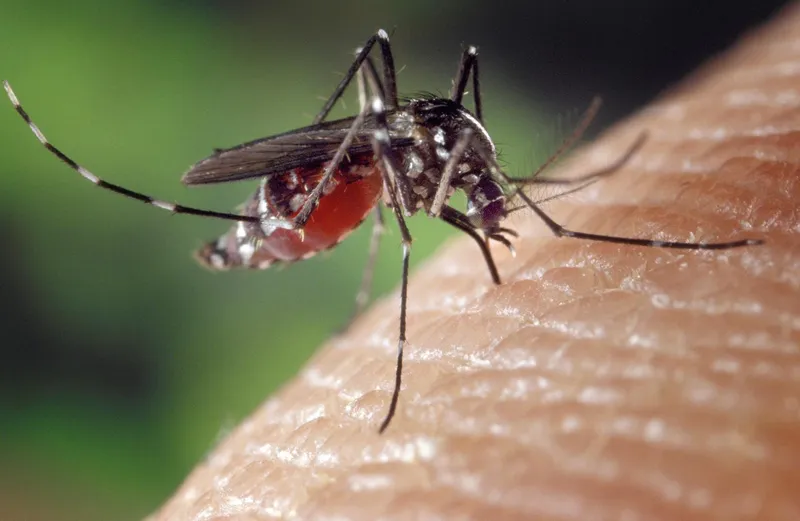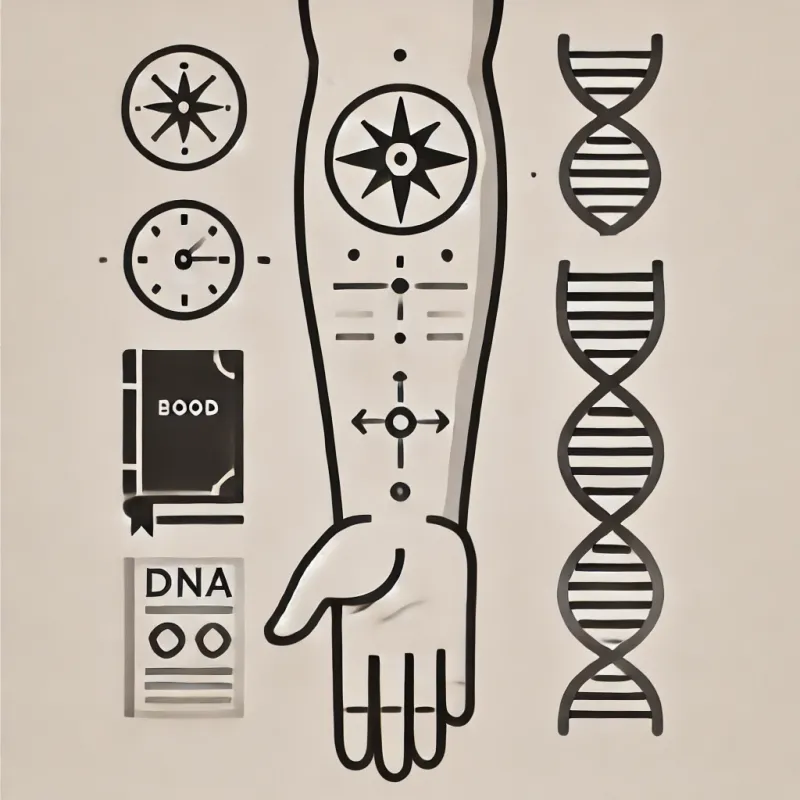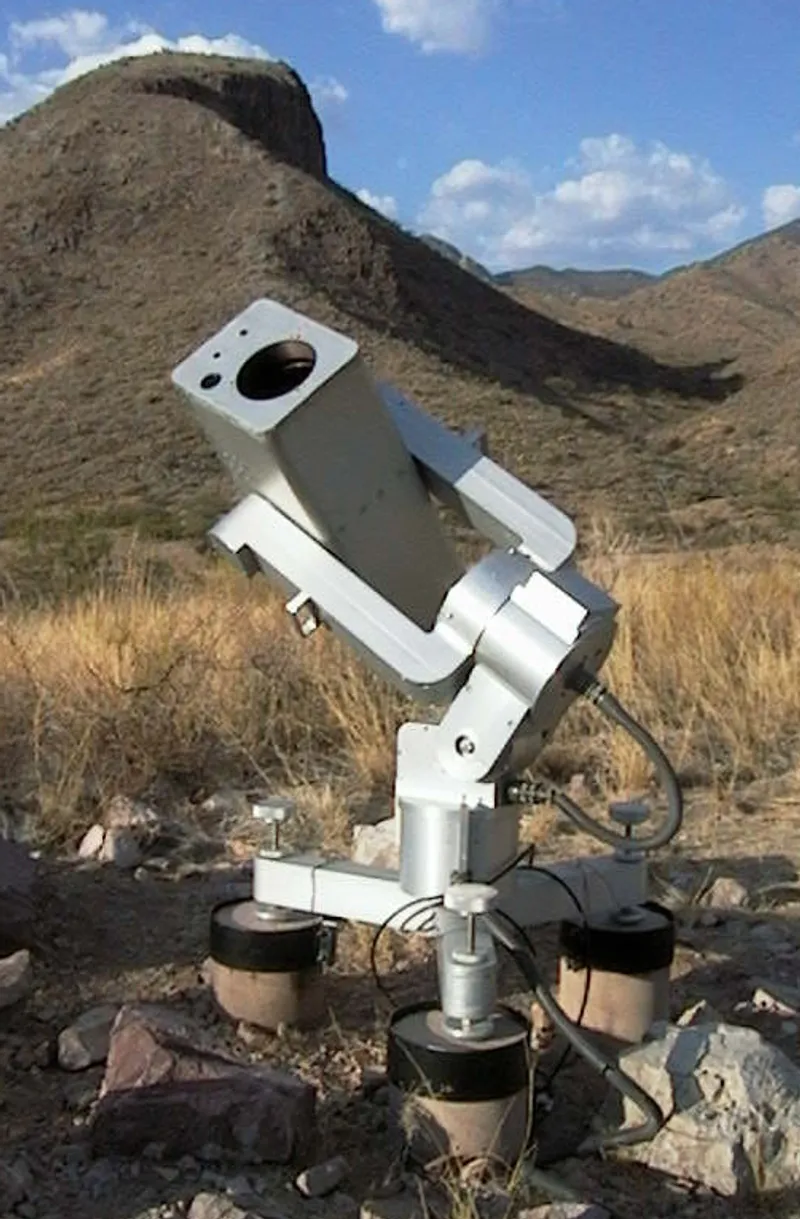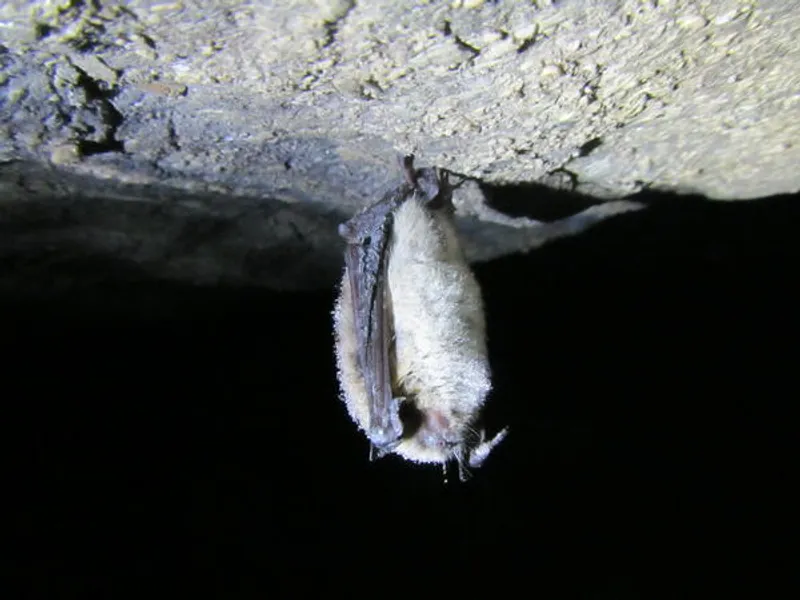Published on APR 16 2025 by James Smith
Has The Dire Wolf Really Been Resurrected?

“The wolf came in, I got my cards
We sat down for a game
I cut my deck to the Queen of Spades
But the cards were all the same
- Dire Wolf by Robert Hunter and Jerry Garcia (Grateful Dead)
Has the Dire Wolf, a beast of lore and subject of numerous songs and legends, been “De-Extincted” or is it just a lot of hype? Colossal Laboratories is the same team that claims to have released the Woolly Mouse, which supposedly contains woolly mammoth genes. Their slick website is long on hype and self-promotion and short on peer reviewed science. It seems this is more of a business trying to raise capital then a valid scientific endeavor.
Generally speaking, there is no scientific evidence to suggest that the dire wolf has been resurrected. However, scientists have made significant progress in genetic engineering and cloning techniques.
In 2012, a team of scientists from the University of Minnesota and the San Diego Zoo announced that they had successfully cloned a genetically identical copy of the American grey wolf (Canis lupus), which is the closest living relative of the dire wolf. The goal was to create a clone of the extinct dire wolf’s ancestor, but ultimately, they created a genetic map of the dire wolf’s DNA.
In 2020, a team of scientists from the University of Colorado and the University of Arizona announced that they had successfully cloned a grey wolf, which is an extinct subspecies of the American grey wolf (Canis lupus). This clone was created using DNA obtained from fossil remains.
While these achievements are significant, it’s essential to note that cloning a dire wolf directly from its fossils is still not possible with current technology. The dire wolf went extinct around 11,700 years ago due to climate change and human activities. Any attempts to clone a dire wolf would require access to well-preserved DNA samples or other genetic material.
However, scientists continue to study the genetics of ancient species like the dire wolf, which helps us better understand their evolution, behavior, and ecological roles. This research can also provide insights into the potential conservationstrategies for modern wolves and other threatened species.
In summary, while we have made progress in cloning and studying extinct species’ DNA, there is no evidence to suggest that a “resurrected” dire wolf has been created or exists in reality.
Written by James Smith
← Home

















